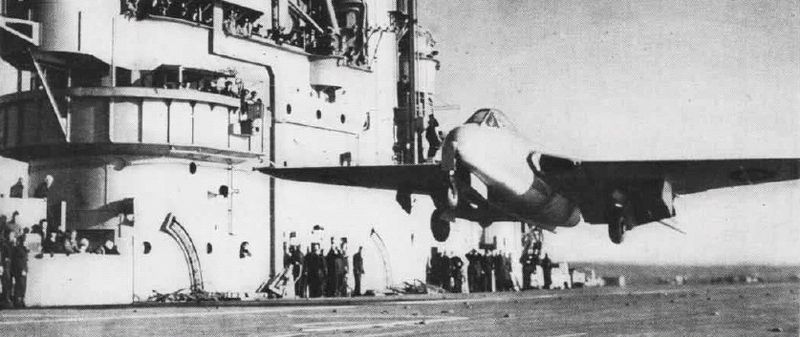"As you exit the plane, please make sure to gather all of your belongings. Anything left behind will be distributed evenly among the flight attendants. Please do not leave children or spouses."
Are you too short to be a commercial pilot?
Justin Bowen has posted an interesting question on AskaCFI.com regarding any height requirements for being a commercial pilot. Specifically he wrote that he is planning to go to ATP next year for the remainder of his ratings so that he can fly commercial. However:
My biggest concern however is about my height. I am 5’4” and have never really had a problem in general aviation. I am fine in most airplanes I’ve flown, but depending on the year of Cessna 172, I am more comfortable with a back rest. I also know you should be able to fully extend the rudder pedals without shifting your body weight. I am usually fine, but like I said, sometimes I have to shift my weight in a 172. Will this be a problem getting hired by a major airline? Are there limitations I should know about?
In other words, Justin does not want to waste his money on expensive commercial pilot training if he won’t be able to get a commercial pilot job because of his height.
However, John D. Collins responded by saying that he has a friend who is 5 foot 1 and 1/2 inches and flies a regional jet for an airline while CFI Academy also replied that he or she knows many pilots who are actually shorter than Justin.
Finally, flight instructor Earl Kessler pointed out that he is an inch taller than Justin and to look at the bright side of things:
…we well never get the “diamond headache” that people a few inches taller than us get running into the back of side of the Cessna wings. I have always seen my height as an advantage in aviation and you should too. Being smaller, we can carry more fuel, fit in older Mooney’s and generally never worry about a head strike in moderate turbulence.
He finished by writing that Justin will be fine with the airlines and commercial carriers who will look at a pilot’s qualifications rather than height.
In other words and if you are “vertically challenged,” it should not be a challenge for you to become a commercial pilot!
Landing on a wet grass runway proves fatal
General Aviation News will often reprint accident reports from the US National Transportation Safety Board (NTSB), including an October 2009 accident report that involved a Piper Archer in Oliver Springs, Tennessee.
According to the accident report, a pilot was attempting to land on a grass runway that was wet. When the Piper touched down on the runway, it bounced back into the air.
The Piper then touched down on the runway for a second time. However, the aircraft then turned about 45° to the left and skidded toward the woods bordering the runway. The aircraft crashed through a fence and hit a tree with the left side of the cockpit taking the full force of the impact – causing one fatal injury and three minor injuries.
To avoid having the same situation happen to you, check out a great article by William L. Gruber that’s posted in the Flight Training section of the AOPA’s website. Gruber noted that landing on a grass field takes extra care because they are constantly changing depending upon the season and the amount of recent rainfall in the area. He also noted that it will take much longer to get off the ground on a wet grass runway than on one that is dry.
In other words, be extra careful during any wet season and be sure to talk to pilots who have recently used the grass runways you intend to use.
iPad as kneeboard
Tietco kindly sent me a MyClip Thigh iPad and iPad 2 kneeboard. It’s a neat little strap that goes round your thigh and clips onto your iPad so you can use it as a kneeboard. It’s very comfortable and easy to use. The strap itself is also very compact so you can fold it away into your flying bag when you don’t need it. Order online for $39.95. Let’s face it, this is going to be the cheapest iPad accessory you’re going to buy and probably the most useful.


Anatomy of a Cirrus stall accident video
Hat tip to the FlightSchoolList.com for posting this video showing the anatomy of a Cirrus stall accident that was put together by AVweb a few years ago. The video noted that over-the-top or cross-control stall accidents have been common in general aviation for many years. However, no one has ever really documented what happens in such an accident until more recently thanks to the widespread use of glass cockpits.
Hence, this video shows a recreation of exactly what happened in one such fatal stall accident that was also well documented by accident investigators thanks to modern technology.
